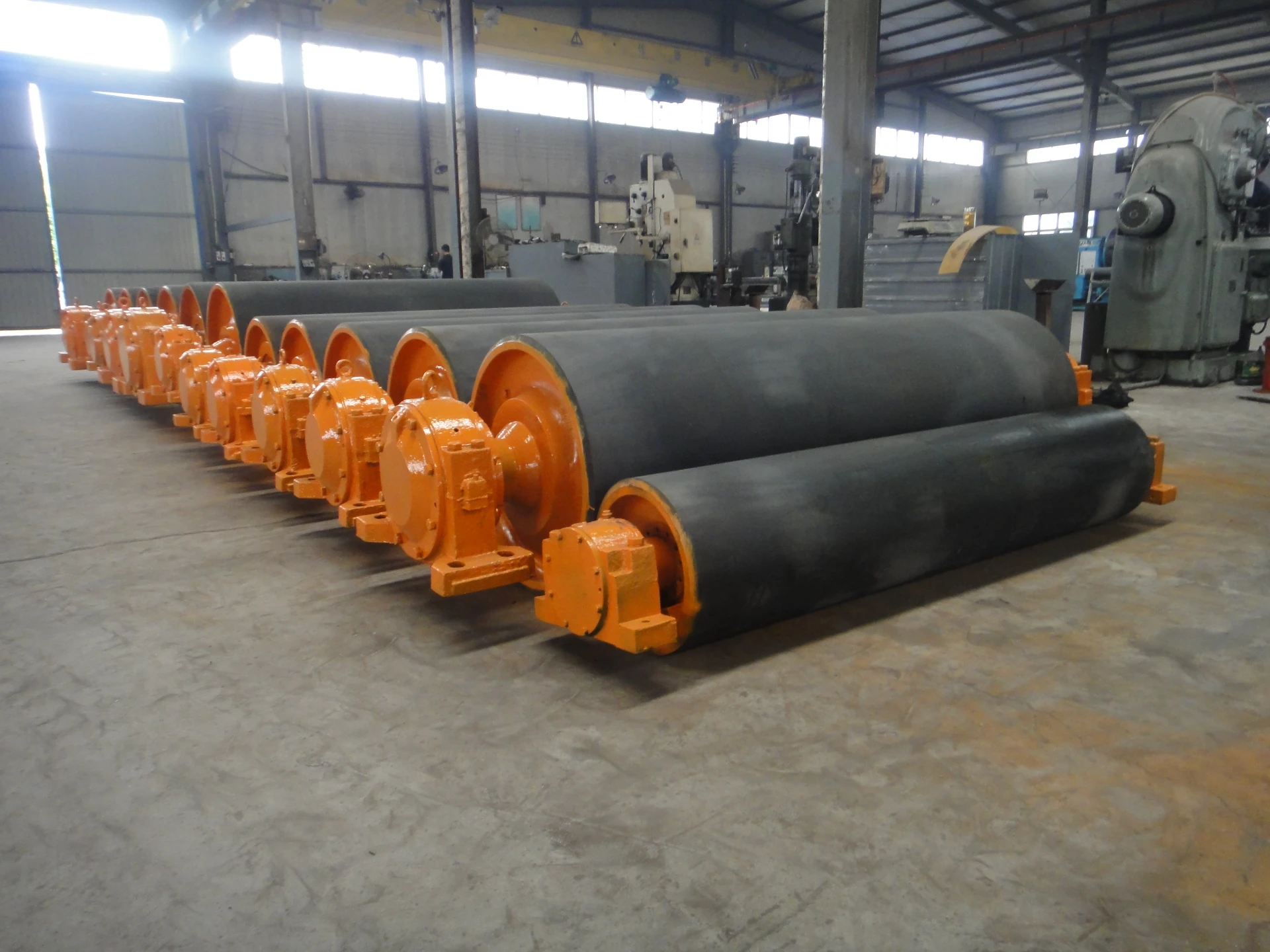 Afrikaans
Afrikaans  Albanian
Albanian  Amharic
Amharic  Arabic
Arabic  Armenian
Armenian  Azerbaijani
Azerbaijani  Basque
Basque  Belarusian
Belarusian  Bengali
Bengali  Bosnian
Bosnian  Bulgarian
Bulgarian  Catalan
Catalan  Cebuano
Cebuano  Corsican
Corsican  Croatian
Croatian  Czech
Czech  Danish
Danish  Dutch
Dutch  English
English  Esperanto
Esperanto  Estonian
Estonian  Finnish
Finnish  French
French  Frisian
Frisian  Galician
Galician  Georgian
Georgian  German
German  Greek
Greek  Gujarati
Gujarati  Haitian Creole
Haitian Creole  hausa
hausa  hawaiian
hawaiian  Hebrew
Hebrew  Hindi
Hindi  Miao
Miao  Hungarian
Hungarian  Icelandic
Icelandic  igbo
igbo  Indonesian
Indonesian  irish
irish  Italian
Italian  Japanese
Japanese  Javanese
Javanese  Kannada
Kannada  kazakh
kazakh  Khmer
Khmer  Rwandese
Rwandese  Korean
Korean  Kurdish
Kurdish  Kyrgyz
Kyrgyz  Lao
Lao  Latin
Latin  Latvian
Latvian  Lithuanian
Lithuanian  Luxembourgish
Luxembourgish  Macedonian
Macedonian  Malgashi
Malgashi  Malay
Malay  Malayalam
Malayalam  Maltese
Maltese  Maori
Maori  Marathi
Marathi  Mongolian
Mongolian  Myanmar
Myanmar  Nepali
Nepali  Norwegian
Norwegian  Norwegian
Norwegian  Occitan
Occitan  Pashto
Pashto  Persian
Persian  Polish
Polish  Portuguese
Portuguese  Punjabi
Punjabi  Romanian
Romanian  Russian
Russian  Samoan
Samoan  Scottish Gaelic
Scottish Gaelic  Serbian
Serbian  Sesotho
Sesotho  Shona
Shona  Sindhi
Sindhi  Sinhala
Sinhala  Slovak
Slovak  Slovenian
Slovenian  Somali
Somali  Spanish
Spanish  Sundanese
Sundanese  Swahili
Swahili  Swedish
Swedish  Tagalog
Tagalog  Tajik
Tajik  Tamil
Tamil  Tatar
Tatar  Telugu
Telugu  Thai
Thai  Turkish
Turkish  Turkmen
Turkmen  Ukrainian
Ukrainian  Urdu
Urdu  Uighur
Uighur  Uzbek
Uzbek  Vietnamese
Vietnamese  Welsh
Welsh  Bantu
Bantu  Yiddish
Yiddish  Yoruba
Yoruba  Zulu
Zulu Exploring the Benefits of Rubber Lagging for Enhanced Equipment Performance
The Role of Rubber Lagging in Industrial Applications
Rubber lagging is an essential component in various industrial processes, particularly in the field of materials handling and conveyor systems. This technology involves the application of rubber material to the surface of pulleys, rollers, or other machinery components to enhance performance, durability, and safety. Understanding the significance of rubber lagging can shed light on its advantages, applications, and future developments in industrial settings.
One of the primary functions of rubber lagging is to improve the friction between the conveyor belt and the drive pulley. This increased friction helps prevent slippage, ensuring that materials are transported efficiently and reducing the risk of accidents or machinery failures. In environments where heavy or abrasive materials are handled, rubber lagging provides a much-needed grip that standard metal surfaces cannot offer. This is particularly important in mining, construction, and heavy manufacturing industries, where the integrity of both the materials and the equipment is vital for operational success.
Rubber lagging also plays a significant role in protecting machinery from wear and tear. Pulleys and rollers exposed to harsh working conditions can suffer from wear due to continuous friction and impact with materials. By applying rubber lagging, operators can extend the lifespan of their equipment, reducing maintenance costs and downtime associated with repairs. The elasticity of rubber absorbs shocks and vibrations that would otherwise damage metal components. This protective feature is not just beneficial for the pulleys and rollers but also contributes to the overall efficiency of the entire material handling operation.
rubber lagging

Furthermore, rubber lagging can be customized to suit specific operational needs. Different types of rubber compounds and surface textures can be utilized depending on the nature of the materials being conveyed. For example, in environments where extremely slippery materials are transported, specialized rubber lagging with enhanced grip can be employed. Similarly, in applications involving high temperatures, heat-resistant rubber compounds can be used to ensure performance stability. This versatility makes rubber lagging an attractive option for a wide variety of industries.
In addition to its functional benefits, rubber lagging also contributes to safety in industrial operations. With improved grip and reduced slippage, the risk of accidents caused by equipment malfunction or material spillage is minimized. Operators can confidently rely on machinery with properly lagged components, knowing that the systems are more secure and efficient. This safety factor is especially crucial in industries where heavy machinery interacts with workers and other equipment.
The future of rubber lagging involves ongoing innovations and advancements in materials science. As industries strive for greater efficiency and sustainability, the development of eco-friendly rubber compounds and more durable lagging solutions is on the rise. Additionally, the integration of technology into rubber lagging solutions, such as the incorporation of sensors for real-time monitoring of wear and performance, is paving the way for smarter industrial applications.
In conclusion, rubber lagging is a vital aspect of modern industrial practices, contributing to enhanced efficiency, durability, and safety. With its range of applications across various sectors, the significance of rubber lagging cannot be overstated. As technology continues to evolve, the rubber lagging industry will undoubtedly adapt, leading to even greater advancements and innovations that will shape the future of materials handling and machinery performance. Industries that embrace these developments will not only improve their operational effectiveness but also ensure a safer working environment for their employees.
-
Revolutionizing Conveyor Reliability with Advanced Rubber Lagging PulleysNewsJul.22,2025
-
Powering Precision and Durability with Expert Manufacturers of Conveyor ComponentsNewsJul.22,2025
-
Optimizing Conveyor Systems with Advanced Conveyor AccessoriesNewsJul.22,2025
-
Maximize Conveyor Efficiency with Quality Conveyor Idler PulleysNewsJul.22,2025
-
Future-Proof Your Conveyor System with High-Performance Polyurethane RollerNewsJul.22,2025
-
Driving Efficiency Forward with Quality Idlers and RollersNewsJul.22,2025





























